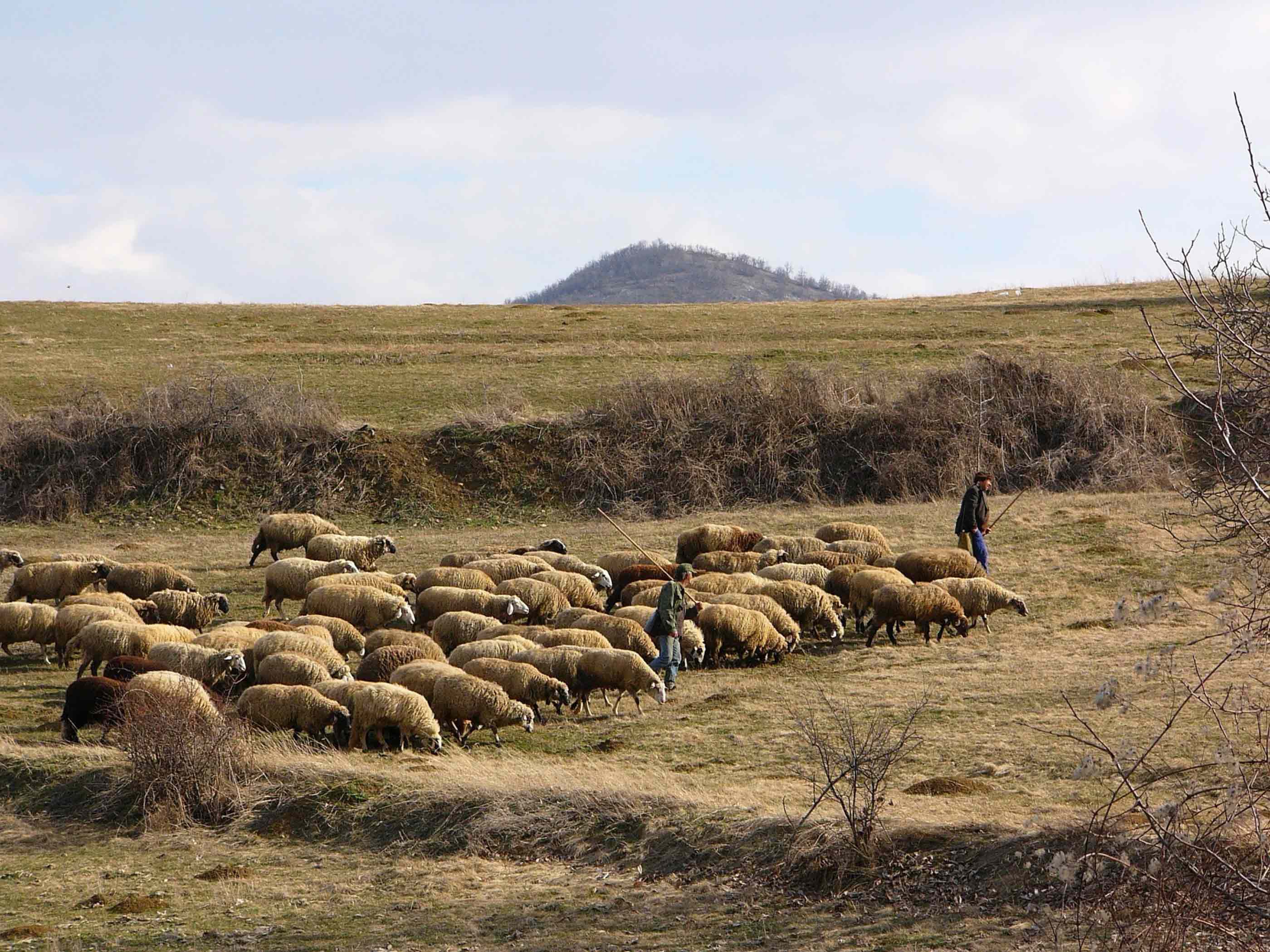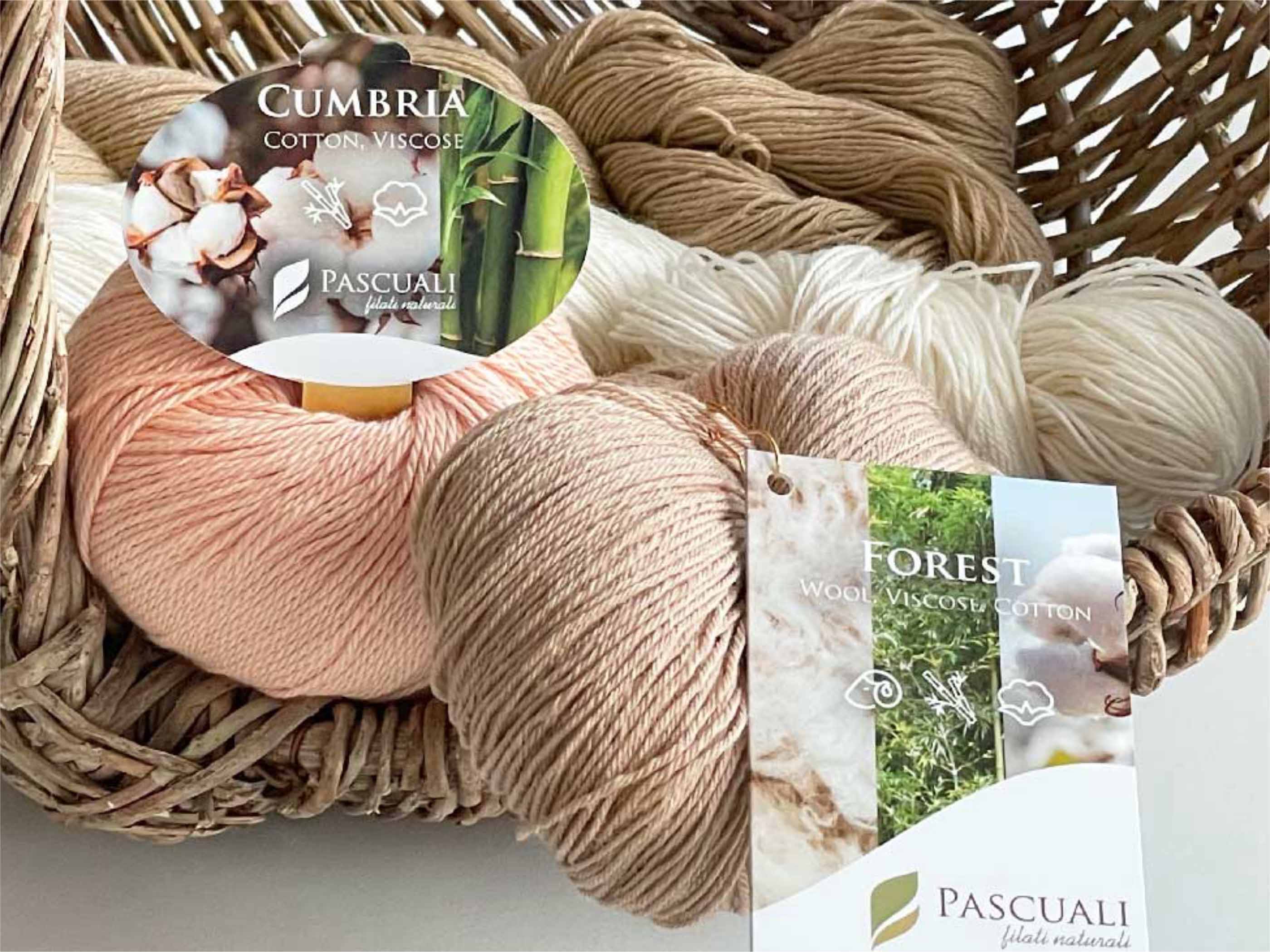By Claudia Ostrop
Honestly speaking, do you belong to the very disciplined knitters who only buy the exact amount of yarn needed for a project and start knitting right away?
If not, then you are not alone. Maybe when buying the yarn you thought it was just too beautiful, or it simply was on sale. Or, maybe you got it for a specific project that you didn't start because you started another one ...
For many of us the “stash,” our treasured wool supply, keeps growing turning into mountains of wool at home. In order for you to be able to knit something beautiful with "well seasoned" wool, it has to be stored properly. We have a few tips!
From Paper Bags to Plastic Boxes - There Is Space Everywhere
Once again a new yarn has made into your home. First you admire it a little, and then? What's the best place to put it in until it finds its way onto the needles? Will it stay in the paper bag you carried it home in?
 Store Wool Openly on the Shelf
Store Wool Openly on the Shelf
We all love the sight when entering a beautiful wool shop full of yarns, sorted on the shelves by colour and weight. The open shelves are an invitation for us to admire and caress them. Wouldn't that be nice in our living room, or even better in our specially reserved knitting room?
Pretty, yes - but we strongly advise against it except for short-term storage. Light and dust can damage the wool quite quickly. The colours fade over time (and unevenly!) Dust can slowly and unobtrusively spread on and inside he balls and hanks. And let´s not mention those hungry and very destructive moths!
 Storing Wool in Baskets
Storing Wool in Baskets
 A box Full of Wool
A box Full of Wool
 Storing Wool in a Cloth Bag
Storing Wool in a Cloth Bag
Airtight Plastic Bags
The so-called zip-lock bags are a great way to store wool and yarn safely. The contents are protected from dust and even moths cannot get to them (at least as long as the bag is intact and completely closed). If the bags are then stored in a closet protected from light, there is a "thumbs up" when it comes to the safety of the wool.
But ... if you have large stocks of wool and yarn, you need a correspondingly large number of these plastic bags. And even if they are of high quality: the zip-locks do not last forever, as the bags are not designed for long-term and regular use. The bottom line is that they are unfortunately disposable. And so, after a while, zip-lock bags contribute to the growth of the mountains of rubbish or, worse still, at some point, they will end up in nature converted into microplastic.

Store Wool and Yarn in Tightly Sealable Plastic Boxes
Plastic once again - yes, but not in the disposable version. Plastic boxes with lids are best suited to store yarns at home. These are available in a wide variety of sizes. If you stay with one manufacturer, the boxes can be stacked perfectly on top of each other and you can make the best possible use of the space in the closet. Many standard boxes are also transparent so that you can see what is inside at a glance. And if you have no space in the closet but “only” a shelf, the damage that UV light can cause is significantly reduced compared to storage without protection. Dust does not get in, and as long as the lid is closed, there are no moths or other predators. If you then put a few drops of our anti- moth oil in the box (just pour a few drops on a paper towel or, even, on one of the yarn labels), then your stash is safe and well protected until the yarns make their way to your needles!
If you have no other option and you have to store yarns under less than ideal conditions (e.g. in a cardboard box), then you should add a few drops of anti- moth oil any way!
Wolle und Garne für einen guten Zweck
Sometimes you just make a bad buy. Suddenly you don't like the colour of the wool, or the yarn is too soft or too scratchy, too thick, too thin ... Maybe it´s been lying around for ages and you know you will never knit with it.
Then why don't you just part with it? There are many places where you can bring it to. For example, ask your local parish or community centre whether they can use the yarns. Kindergartens and schools are also often happy to receive a wool donation! It's a win-win situation: you have more space again for new wool and others are happy to have something to knit and do crafts with!




1 comment
Janette
Das ist ein sehr schöner Artikel! Allerdings ist sind Plastikbeutel nicht zu empfehlen. Motten fressen auch in die Beutel Löcher. Wir haben schöne Stoffe dadurch verloren weil wir es in den Tüten sicher glaubten. Besser ist luftig und regelmäßig bewegen und kontrollieren, mindestens alle sechs Monate.
Das ist ein sehr schöner Artikel! Allerdings ist sind Plastikbeutel nicht zu empfehlen. Motten fressen auch in die Beutel Löcher. Wir haben schöne Stoffe dadurch verloren weil wir es in den Tüten sicher glaubten. Besser ist luftig und regelmäßig bewegen und kontrollieren, mindestens alle sechs Monate.